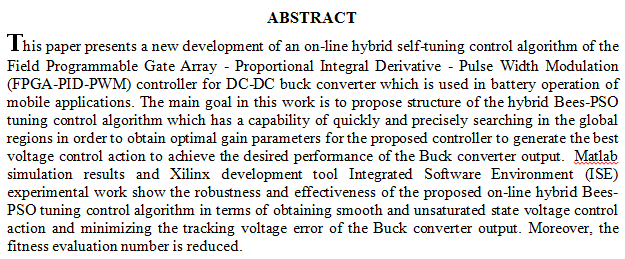
Realistic implementation of nanofluids in subsurface projects including carbon geosequestration and enhanced oil recovery requires full understanding of nanoparticles (NPs) adsorption behaviour in the porous media. The physicochemical interactions between NPs and between the NP and the porous media grain surface control the adsorption behavior of NPs. This study investigates the reversible and irreversible adsorption of silica NPs onto oil-wet and water-wet carbonate surfaces at reservoir conditions. Each carbonate sample was treated with different concentrations of silica nanofluid to investigate NP adsorption in terms of nanoparticles initial size and hydrophobicity at different temperatures, and pressures. Aggregation behaviour and the
... Show More (52)
(52)
 (48)
(48)
This study aims to fabricate and assess the β-tricalcium phosphate (β-TCP) bioactive ceramic coat layer on bioinert ceramic zirconia implants through the direct laser melting technique by applying a long-pulsed Nd:YAG laser of 1064 nm. Surface morphologies, adherence, and structural change in the coatings were evaluated by optical microscopy, field emission scanning electron microscope, hardness, and x-ray diffractometer. The elastic modulus (EM) of the coating was also determined using the nanoindentation test. The quality of the coating was improved when the laser power was 90 W with a decrease in the scan speed to 4 mm s−1. The chemical composition of the coat was maintained after laser processing; also, the Energy Dispersive
... Show More (9)
(9)
 (7)
(7)
 (39)
(39)
 (37)
(37)
The aim of study was to explore pharmacist insights toward the impact of prospective implementation of the national health insurance program on patients, providers and Iraqi health system.
This was a qualitative study including semi-structured face-to-face (mostly) interviews with experienced pharmacists. The interview guide included open-ended questions about the impact of the national health insurance program on patients and healthcare providers at three levels: quality of services, costs, and frequency of visits. Potential challenges were also discussed. Interviews were conducted in four provinces from March to May 2022. Thematic analysis was used to analyze the interview findings and generate themes and subthemes.
The
... Show More (6)
(6)
 (2)
(2)
New, simple and sensitive batch and Flow-injecton spectrophotometric methods for the determination of Thymol in pure form and in mouth wash preparations have been proposed in this study. These methods were based on a diazotization and coupling reaction between Thymol and diazotized procaine HCl in alkaline medium to form an intense orange-red water-soluble dye that is stable and has a maximum absorption at 474 nm. A graphs of absorbance versus concentration show that Beer’s law is obeyed over the concentration range of 0.4-4.8 and 4-80 µg.ml-1 of Thymol, with detection limits of 0.072 and 1.807 µg.ml-1 of Thymol for batch and FIA methods respectively. The FIA procedure sample throughput was 80 h-1. All different chemical and physical e
... Show More (4)
(4)
 (57)
(57)
 (49)
(49)
 (23)
(23)
An innovative desalination method called electrosorption or capacitive deionization (CDI) has significant benefits for wastewater treatment. This process is performed by using a carbon fiber electrode as a working electrode to remove hexavalent chromium ions from an aqueous solution. The pH, NaCl concentration, and cell voltage were optimized using the Box-Behnken experimental design (BDD) in response surface methodology (RSM) to study the effects and interactions of selected variables. To attain the relationship between the process variables and chromium removal, the experimental data were subjected to an analysis of variance and fitted with a quadratic model. The optimum conditions to remove Cr(VI) ions were: pH of 2, a cell voltage of 4.
... Show More (10)
(10)
 (9)
(9)
 (19)
(19)
 (5)
(5)
 (65)
(65)
 (66)
(66)
